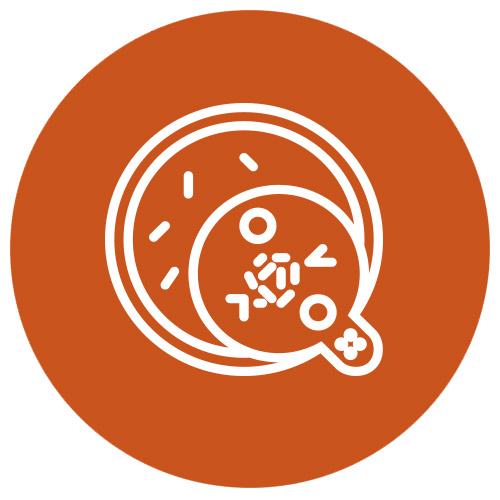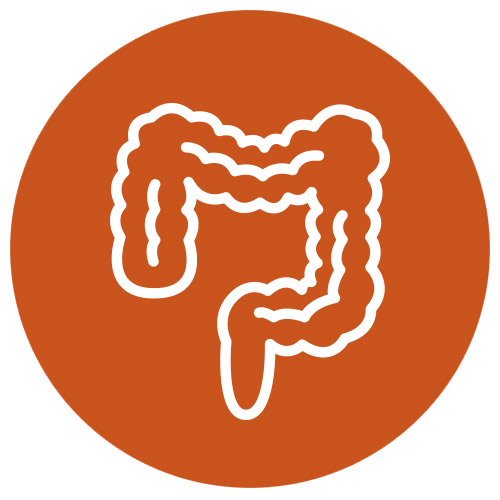Activity

The increasing activity in HBP Surgery during the past years, has allowed us to develop different types of procedures apart from the conventional liver transplantion. Among them, the use of livers from non heart beating donors, as well as starting in 2000 the first adult living donor liver transplantation program in Spain. Our long term result confirm the success of this type of transplantation achieving similar survival to that obtained after conventional cadaveric liver transplantation. A 99% survival rate at one year and 78% and 70% survival rate at 5 and 10 years. Besides we have been developing complex liver surgery procedures, specifically in relation to metastatic colorectal cancer liver disease (MCLD) and Hepatocellular Carcinoma (HCC). We perfomed around 250 liver resections and 80 liver transplantations each year.
Lines of care

LIVING DONOR LIVER TRANSPLANTATION (LDLT)
Besides to the normal activity, we perform around 8-10 LDLT's each year. The usual indication is associated to Hepatitis B or C virus related problems, either Cirrhosis or Hepatocellular Carcinoma. Our group has designed an specific protocol in which extended indications beyond Milan Criteria are included. Specific care is taking in relation to the donor. Our results in the donor have been recently published and taking as the benchmarks for Major Liver Surgery.

HEPATOCELLULAR CARCINOMA
Is one of the most frequent indications for liver Surgery, as long as the liver function remains stable. It includes surveillance of patients affected of hepatitis B or C virus, local or regional treatment in terms of Radiofrequency or Microwave ablation as well as transarterial chemoembolization. Surgery remains the gold standard treatment whenever is possible. Procedures contemplates the possibility of laparoscopic segmental liver resection.

METASTATIC COLORECTAL CANCER LIVER DISEASE
Due to the high incidence in western countries of Colorectal cancer, metastatic liver disease is also one of the most important indications for liver surgery. As a reference center, the multidisciplinary approach includes a close relationship with our oncologists and radiologists in order to increase the possibility of a successful resection and recovery. This includes neoadjuvant as well as adjuvant chemotherapy, and/or portal embolization in order to increase the remnant liver volume.
The medical team is 100% dedicated to HOSPITAL. As a result, our patients are always seen by the same team of physicians and surgeons throughout the entire procedure.
Specially trained hospital nurses have extensive experience in the care of surgical or transplant patients with a nurse-to-patient ratio that is never more than 1:2.
Material resources

HOSPITAL ROOMS

DAY HOSPITAL

SPECIFICALLY ORIENTED
INTENSIVE CARE UNIT
HIGHLY TRAINED INTERVENTIONAL
RADIOLOGY
LAST GENERATION
CUSA DISECTOR FOR LIVER SURGERY
INTEGRATED OPERATING
THEATER, INCLUDING 3d LAPAROSCOPIC TOWER
EXPERTISE IN ULTRASOUND
EXPLORATION AND
THERAPEUTIC PROCEDURES
RFA AND MWA
INDOCYANIN GREEN
(FLUORESCENCE) IMAGING TECHNIQUES
LAST GENERATION
3D ULTRASOUND SCAN
Process
For patients affected of HCC or MCCLD:· Specific Multidisciplinary Approach Evaluation. Hepatology, Interventional Radiology and Surgery |
|
Donor Evaluation:· Overall health status including psychological evaluation · Specific Liver Evaluation. Vascular and Biliary Distribution. · Sequential donor evaluation, including a transparent and strict donation process |
|
Specifically Designed and equipped Integrated Operating Theater (x2)· Performance of the transplant in parallel (independent OR's). - Right/Left Hepatic Donation/Retrieval - Patient Explant Hepatectomy and Implant |
|
Strict Postoperative Follow up at ICU and Ward |
|
Postrtansplant Long term Follow up of the donor and the patient |
|
Our results
Liver Transplantation
 |
105Living Donor Liver Transplantation |
Survival Rate - Patient Survival
 |
99%First year |
 |
75%For 5 years |
Survival Rate - Graft Survival
 |
90%First year |
 |
70%For 5 years |
HEPATOCELLULAR CARCINOMA
 |
+300HCC resected in the last ten years |
Survival Rate
 |
75’6%Overall Survival at 5 years |
 |
38’6%Disease Free Survival at 5 years |
METASTATIC COLO-RECTAL LIVER DISEASE
 |
+400Major Hepatectomies (2005-2015) |
Survival Rate
 |
56,1%Overall Survival at 5 years |
 |
29,6%Disease Free Survival at 5 years |
Blog

barnaclínic+ sigue apostando por crecer en un año difícil
Un año más, barnaclínic+ ha hecho pública su Memoria Anual, en la que se ofrece un resumen de toda la actividad y las principales cifras del último año. Los resultados del 2023 no han sido como se esperaba. La caída en algunos servicios sumada a las dificultades derivadas del ciberataque sufrido por el Clínic de […]

El Clínic recibe los diplomas para sus servicios con mejor reputación de España
Desde hace nueve años, Merco elabora el Monitor de Reputación Sanitaria (MRS), un estudio independiente que analiza la reputación de toda la sanidad española. En esta clasificación, el Clínic de Barcelona es uno de los centros más destacados, logrando ser los últimos años el segundo hospital con mejor reputación de España. El pasado 6 de […]

Nuestro equipo de cirugía cardiovascular, pionero en Europa en ofrecer la sustitución robótica de la válvula aórtica
Una de las grandes revoluciones en el campo de la cirugía está siendo la incorporación de robots que ayudan y asisten durante las intervenciones. Gracias a este nuevo enfoque, es posible llevar a cabo operaciones sin necesidad de realizar grandes incisiones, lo que acaba redundando en menos complicaciones y una más rápida recuperación del paciente. […]



